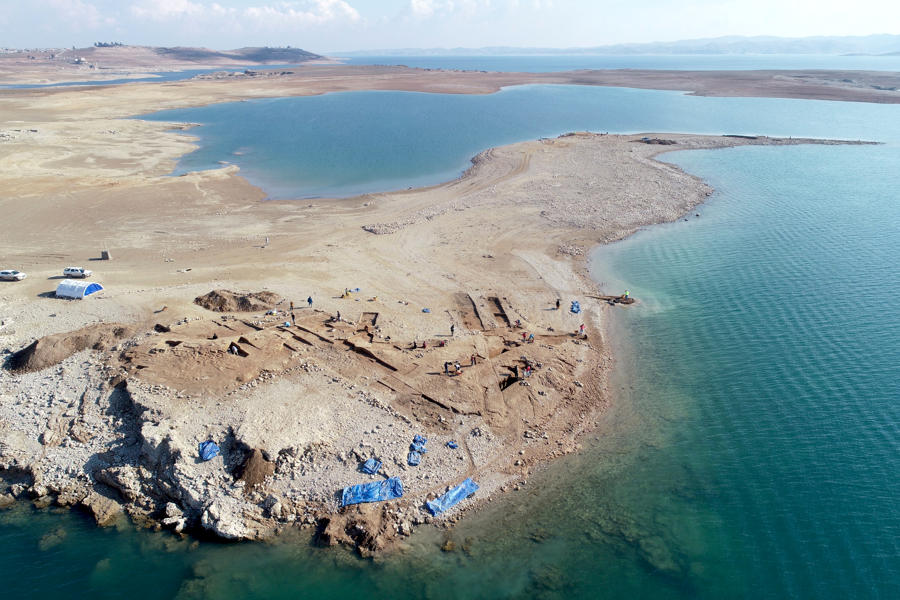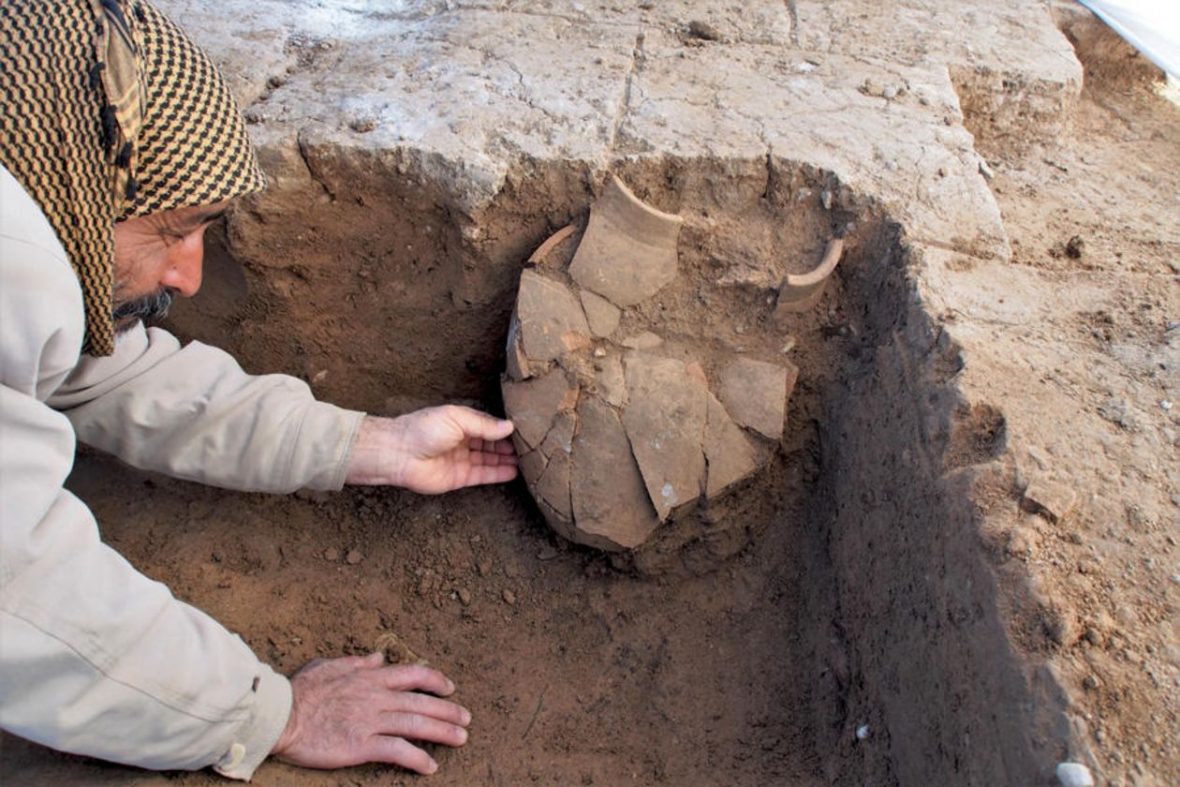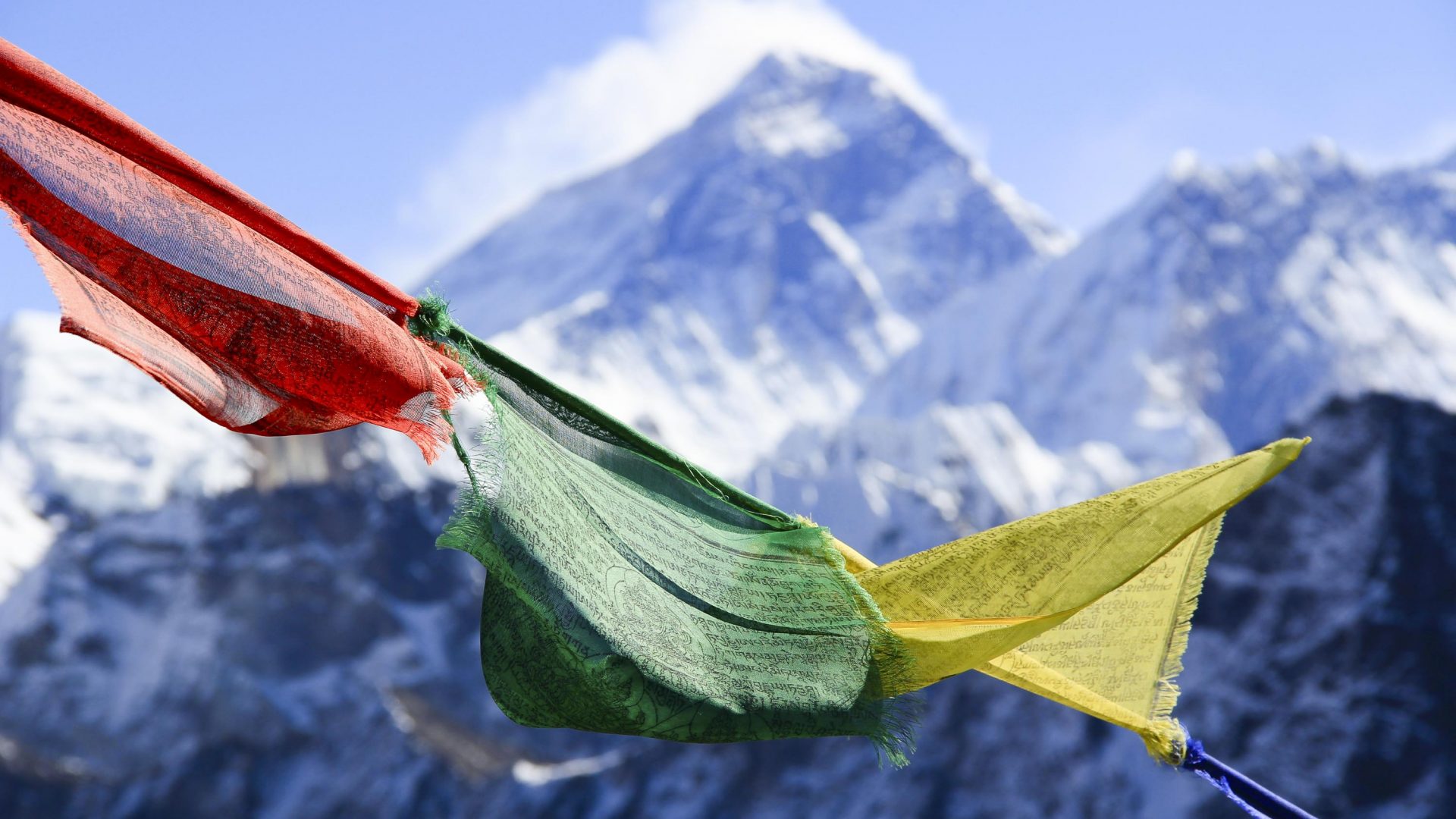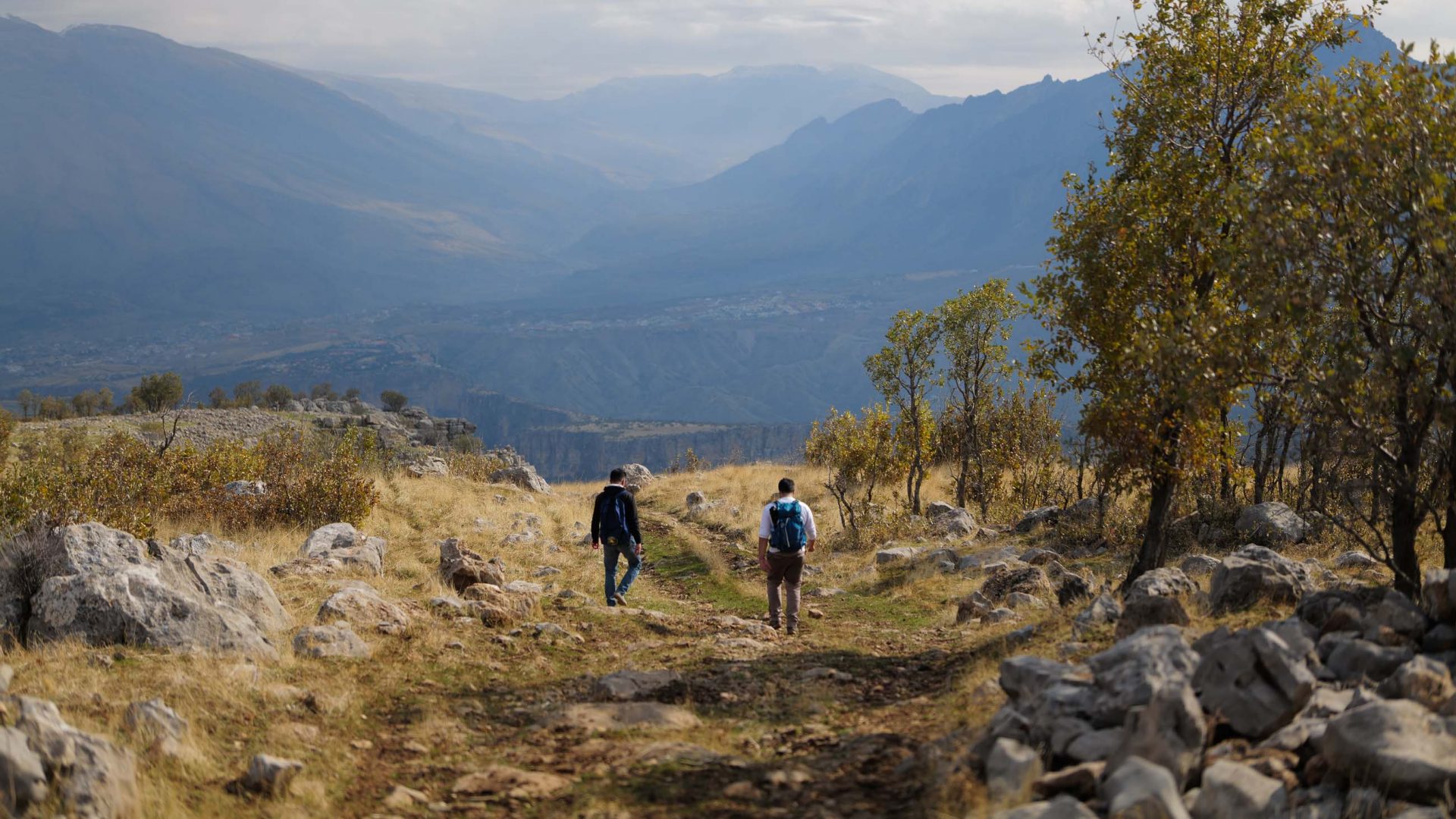
As Iraq’s Mosul reservoir dwindled, scientists uncovered the center of a Bronze Age empire beneath the surface.
These days, you don’t have to look very far for examples of climate change reshaping the world, often in pretty unsettling and scary ways. But recently, a climate change-fueled drought in Iraq brought a peek into the past instead of the future.
Enter: an ancient lost city, re-emerging.
According to the University of Tübingen, Iraq is one of the countries in the world most affected by climate change. The south of the country has been suffering from extreme drought for months, and large amounts of water have been drawn down from the Mosul reservoir—Iraq’s most important water storage—since December.
As farmers in the Kurdistan region of Iraq have drawn water from the Mosul reservoir on the Tigris River to water their parched crops, the increased pressure irrigation placed on the reservoir caused massive drops in water levels. And as those water levels ebbed, they revealed the ruins of a Bronze Age city.
Submerged for decades and never before studied by archaeologists, researchers from Germany and Iraq arrived to the reservoir to study the rediscovered ruins. They believe that the palace, large buildings, storage area, and walls they found comprised the city of Zakhiku. Zakhiku is believed to be the center of the Mittani Empire until it was buried by an earthquake around 1350 BC.










